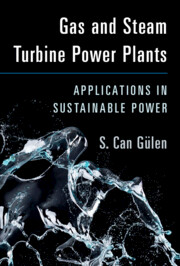Hexavalent chromium (Cr6+) is a toxic carcinogenic pollutant that might be released by the mining and processing of ultramafic rocks and nickel laterites and which requires permanent removal from the contaminated biosphere. Ultramafic material can also serve as a feedstock for the sequestration of CO2 resulting from the growth of new minerals, raising the intriguing proposition of integrated sequestration of both pollutants, CO2 and chromium, into magnesium carbonates. Such a synergistic process downstream of ore recovery and mineral processing could be an elegant proposition for more sustainable utilisation and management of the Earth's resources. We have therefore carried out an experimental and microanalytical study to investigate potentially suitable carbonate minerals. Uptake of chromium in carbonate phases was determined, followed by identification of the crystalline phases and characterisation of the local structural environment around the incorporated chromium centres. The results suggest that neither nesquehonite nor hydromagnesite have the structural capacity to incorporate Cr6+ or Cr3+ significantly at room temperature. We therefore propose that further research into this technology should focus on laboratory assessments of other phases, such as layered double hyroxides, that have a natural structural capacity to uptake both chromium and CO2.
